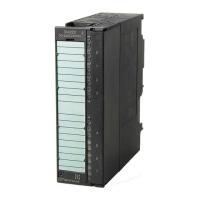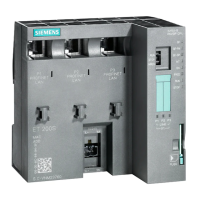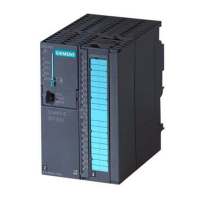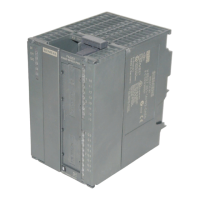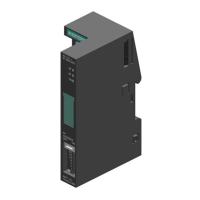Cycle and response times
7.3 Response time
7.3.3 Longest response time
Conditions for the longest response time
The following figure shows you how the longest response time results.
6&&%H6\
3,2
3,,
6&&%H6\
3,2
3,,
6&&%H6\
3,2
,QSXWGHOD\['3F\FOHWLPHRQ
352),%86'3
2XWSXWGHOD\['3F\FOHWLPHRQ
352),%86'3
8VHUSURJUDP
8VHUSURJUDP
5HVSRQVHWLPH
$VWKH3,,LVEHLQJUHDGLQWKHVWDWHRIWKHUHOHYDQWLQSXW
FKDQJHV7KHFKDQJHLQLQSXWVLJQDOLVWKHUHIRUHLJQRUHG
LQWKH3,,
7KHFKDQJHLQLQSXWVLJQDOLVSURFHVVHGKHUHE\WKHXVHU
SURJUDP
7KHFKDQJHLQLQSXWVLJQDOLVLQFOXGHGLQWKH3,,KHUH
7KHXVHUSURJUDPUHDFWLRQWRWKHFKDQJHLQLQSXWVLJQDOLV
WUDQVIHUUHGWRWKHRXWSXWVKHUH
Figure 7-7 Longest response time
Calculation
The (longest) response time is made up as follows:
• 2 x process image transfer time for the inputs +
• 2 x process image transfer time for the outputs +
• 2 x program processing time +
• 2 x operating system processing time at the SCC +
• 4 x runtime of the DP slave frame (including processing in the DP master) +
• Delay in the inputs and outputs
This is equivalent to the sum of twice the cycle time and the delay in the inputs and outputs
plus four times the DP cycle time.
S7-300 CPU Data: CPU 315T-2 DP
Manual, 12/2005, A5E00427933-02
7-13

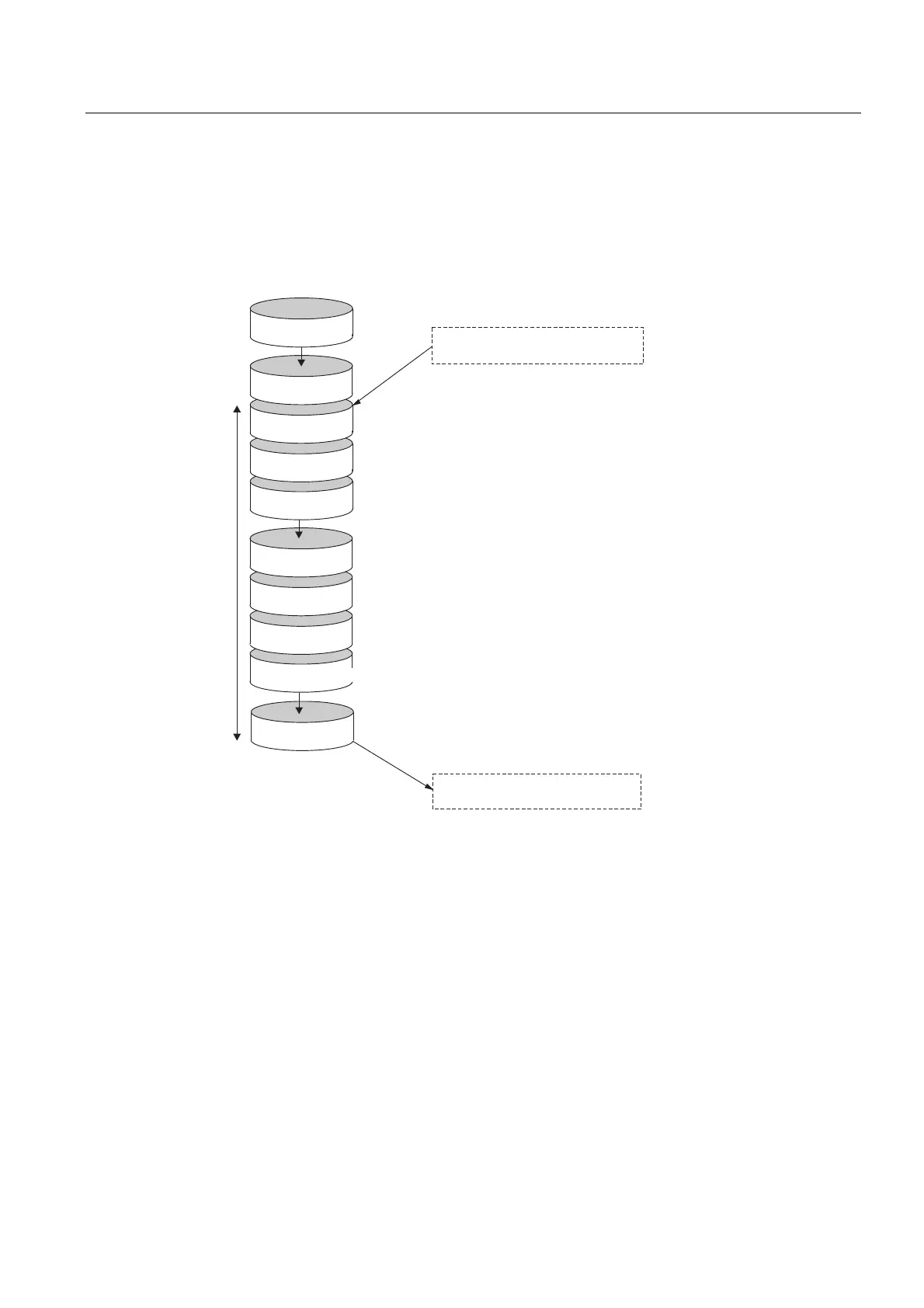